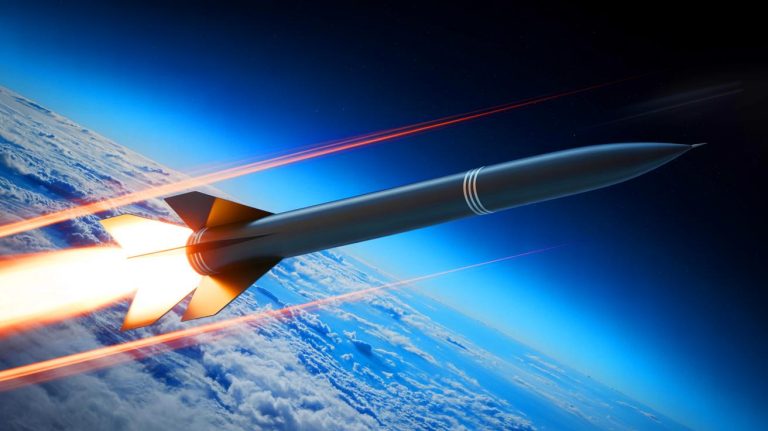| IN A NUTSHELL |
|
Hypersonic technology is rapidly evolving, offering new possibilities and challenges in military defense systems. The development of hypersonic glide vehicles (HGVs) is transforming the landscape of modern warfare, enabling missiles to travel at speeds exceeding Mach 5. This speed, combined with advanced maneuverability, poses a significant challenge to existing defense systems. Recent advancements by Chinese researchers suggest that these missiles can travel up to 13,000 miles per hour, potentially reaching global targets within just 30 minutes. As nations race to develop and counter these technologies, the geopolitical balance could shift dramatically.
Understanding the Capabilities of Hypersonic Glide Vehicles
The hypersonic glide vehicle is a revolutionary type of warhead designed for ballistic missiles. Unlike traditional ballistic missiles, HGVs have the ability to maneuver during flight, making them more difficult to intercept. With speeds reaching Mach 15 to 20, these vehicles can reduce an adversary’s response time, significantly compressing their operational and tactical windows. The People’s Liberation Army Rocket Force researchers highlight the ability of these vehicles to perform “large leaps or swings within short time frames,” making them a formidable tool in military strategy. The high lift-to-drag aerodynamic designs allow for extensive maneuverability, further enhancing their unpredictability and effectiveness in bypassing missile defense systems.
Challenges and Limitations of Current Systems
Despite the impressive capabilities of hypersonic systems, there are critical challenges yet to be addressed. As noted by Professor Guo Yang and his team, one of the main issues is the strong infrared signatures emitted by these vehicles, which can make them detectable from long distances. Additionally, the limited maneuverability due to low overload resistance and restricted communication bandwidth during terminal phases could undermine their effectiveness. These factors highlight the ongoing need for research and development to overcome existing technological barriers and enhance the stealth and efficacy of hypersonic systems.
Flexible Deployment of Re-entry Glide Vehicles
One of the key advantages of re-entry glide vehicles (RGVs) is their flexible deployment capability. These vehicles can be launched from a variety of platforms, including satellites and ground-based launchers. This flexibility is crucial in maintaining a strategic advantage, as it allows for rapid deployment and adaptability in different combat scenarios. The recent advancements in hypersonic propulsion technology, demonstrated by U.S. and U.K. researchers, further emphasize the potential for these systems. With over 233 test runs at hypersonic speeds, these developments are paving the way for new defense capabilities and could transform the operational landscape for Western military forces.
Preparing for the Future of Warfare
The ongoing advancements in hypersonic technology underscore a critical shift in military strategy and defense capabilities. As nations invest in developing and countering these systems, the potential for a new arms race looms large. The success of hypersonic propulsion tests by Western nations highlights the urgency and importance of staying ahead in this technological race. These developments are not only about enhancing offensive capabilities but also about ensuring a robust defense against emerging threats. As the world witnesses these rapid advancements, the question remains: How will nations adapt their defense strategies to address the challenges and opportunities presented by hypersonic technology?
Did you like it? 4.5/5 (24)









Wow, Mach 20 is insane! How do they even track something that fast? 🤔
This sounds like the plot of a sci-fi movie. Are we sure this is real? 😅
How do these hypersonic weapons compare to nuclear weapons in terms of deterrence?
Great article, but isn’t this tech too dangerous to be in anyone’s hands? 😟
China’s really pushing the envelope in military tech. What’s next, teleportation? 🚀
Can other countries like the US or Russia match this tech, or are they lagging behind?